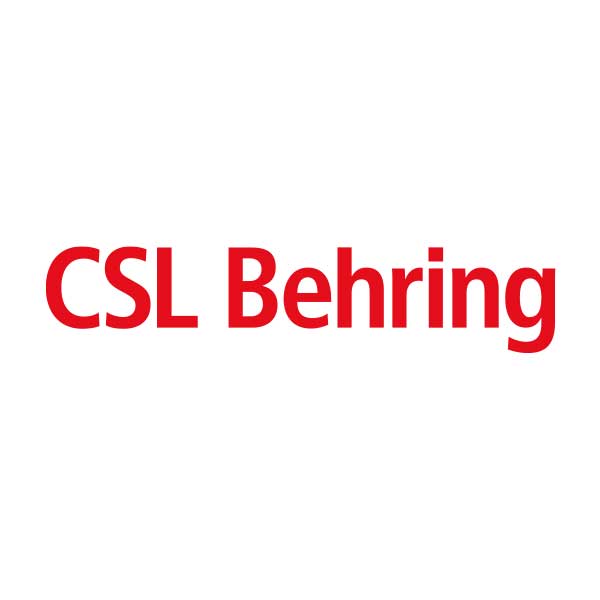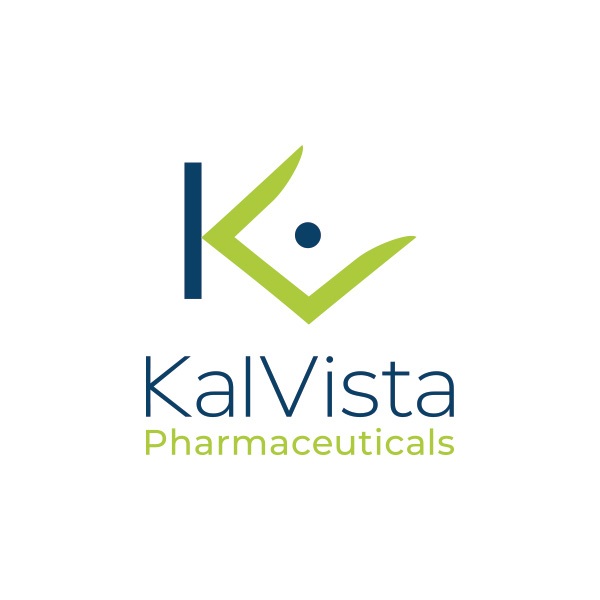HOW CAN HAE BE TREATED?
There are effective treatments that help reduce the frequency and severity of swellings and relieve symptoms. Sadly, and similar to many other diseases, there is no cure for HAE.
The goals of HAE treatment are to achieve complete control of the disease and to normalize patients’ lives. Research is ongoing to develop more and more effective medications for HAE. With the effective modern medication available today for HAE, some people with HAE report that they can live life effectively free from swellings.
Current HAE treatment strategies focus on medications to:
- Provide rapid relief during attacks (on-demand or acute treatment)
- Prevent symptoms in people with HAE who experience a high frequency of attacks (long-term prophylaxis)
- Prevent symptoms in people with HAE who undergo dental or surgical procedures, which may trigger an attack (preprocedural or short-term prophylaxis).
All people with HAE should work with their physician to develop an individualized HAE management plan which includes a treatment action plan.
While the symptoms can often be mistaken for an allergic reaction, HAE attacks do not respond to common allergy treatments, including antihistamines, corticosteroids, or epinephrine.
We will refer to drug classes and generic names when discussing specific medicines for HAE.
Information about treating HAE in children can be found at the bottom of the page.
On-demand or Acute treatment
On-demand or acute treatment is used to stop the progression of the swelling and to relieve the symptoms. Rapid use of on-demand or acute treatment is especially important where the swelling in is the throat or airway. If the throat attack is left untreated, it can lead to death by choking (suffocation).
HAE (type I and II) therapies for on-demand or acute treatment vary from country to country as specific treatments are not licensed in all countries.
The types of specific HAE medication available and recommended for on-demand or acute treatment include:
- Intravenous C1-inhibitor concentrate
- Products made from blood plasma (pdC1-inhibitor concentrate)
- Products that are not made from blood plasma (recombinant or rhC1-inhibitor concentrate).
- Plasma kallikrein inhibitor
- ecallantide
- Bradykinin-receptor antagonist
- icatibant
In countries where HAE-specific on-demand or acute treatments are not available, physicians are limited to non-HAE-specific medications or even just pain killers.
The International WAO/EAACI Guideline for the Management of Hereditary Angioedema makes the following recommendations for acute or on-demand treatment for HAE:
- Early treatment with intravenous C1-inhibitor concentrate, ecallantide, or icatibant provides a better response than late treatment, often resulting in a shorter time to complete symptom relief and a shorter duration of the swelling overall.
- HAE attacks should be treated as early as possible. Early treatment can be achieved with self-administration. All C1-inhibitor concentrates and icatibant are licensed for self-administration, although approved product uses vary around the world.
- If C1-inhibitor concentrates, ecallantide or icatibant are not available, then solvent-detergent treated plasma (SDP) should be used.
- If SDP is not available then fresh frozen plasma (FFP) should be used to treat attacks, where a safe supply is available.
The experts who developed the Guideline advise against using antifibrinolytics (e.g., tranexamic acid) or androgens (e.g., danazol) as on-demand treatments for HAE attacks. Studies show no, or very small, effects when used in this way.
Long-term prophylaxis
Long-term prophylaxis (LTP) is where a person with HAE uses regular medication to prevent swelling attacks from occurring. LTP reduces the number of swelling attacks a person with HAE experiences and, some modern LTP medications mean that people with HAE no longer experience swellings.
HAE (type I and II) therapies for LTP vary from country to country as specific treatments are not licensed in all countries.
This treatment strategy should be tailored to the individual and considered for all people with HAE taking into account the frequency and severity of attacks, the individual’s quality of life, the availability of healthcare resources, and failure to achieve adequate control with on-demand or acute treatments.
As swelling attacks can still happen even if LTP is used, all people with HAE using LTP should also have on-demand or acute medication available.
In recent years, additional medications for HAE LTP have been approved by medicine regulators. The types of specific HAE medication available and recommended for LTP include:
- C1-inhibitor concentrate
- products made from blood plasma (pdC1-inhibitor concentrate)
- Plasma kallikrein inhibitor
- lanadelumab
- berotralstat
Where these medications are not available, attenuated androgens can be used for LTP. They have been shown to reduce the number of swelling attacks. However, they have many side effects, contraindications, and drug interactions. Antifibrinolytics such as tranexamic acid can also be used for LTP when attenuated androgens are contraindicated. Antifibrinolytics are not recommended for LTP due to a lack of evidence of their effectiveness, but the Guideline experts noted that some people with HAE may find them helpful. Their side effects are usually minor.
Short-term prophylaxis
Short-term prophylaxis is usually performed before surgical procedures or dental treatment. Dental procedures or surgery to remove the tonsils are potentially critical triggers as they can cause swelling in the throat or airway (larynx).
Where is it available, the use of intravenous plasma-derived (pd) C1-inhibitor concentrate is considered the short-term prophylaxis treatment of choice. It is administered as close as possible to the start of the procedure. Recombinant C1-inhibitor concentrate can be considered if intravenous pdC1-inhibitor is not available. Where neither intravenous C1-inhibitor concentrate is available:
- Fresh frozen plasma (FFP) may be used
- Attenuated androgens can also be considered as an alternative. For scheduled pre-procedure prophylaxis, androgens are used for 5 days before and 2-3 days post-event.
There is always the potential that a breakthrough attack can occur, so on-demand treatment needs to be available during the procedure.
Treatment of Acute Attacks
Angioedema seen in HAE does not respond to the drugs employed in treating other forms of urticaria/angioedema such as antihistamines, epinephrine and corticosteroids. While epinephrine, in particular, may have a transient effect on swelling, it does not alter the course of an attack.
Maintaining airway patency is the primary concern for patients with laryngeal edema. If the airway is threatened, an experienced physician should intubate the patient. In addition, the capability for emergency tracheotomy should be readily available. Because gastrointestinal edema usually involves excruciating pain, frequent vomiting and the potential for hypotension, therapy should include aggressive fluid replacement and pain management. Clinicians report that Zofran, Compazine and Phenergan are effective in reducing nausea and vomiting, while morphine or other narcotics are routinely used to relieve attack related abdominal pain. Some physicians use fresh frozen plasma in the acute attack setting, but this therapy is considered controversial because in addition to C1-inhibitor, fresh frozen plasma contains substrates of the complement and kinin systems that could produce a vasoactive peptide and cause an attack exacerbation.
TREATMENT OF HAE IN CHILDREN
The types of specific HAE medication available and recommended for on-demand or acute treatment for children or adolescents include:
- C1-inhibitor concentrate
- Products made from blood plasma (pdC1-inhibitor concentrate)
- Products that are not made from blood plasma (recombinant or rhC1-inhibitor concentrate).
- Bradykinin-receptor antagonist
- icatibant
Where these modern medications are not available, solvent-detergent treated plasma (SDP) is preferred to fresh frozen plasma (FFP), but both can be considered.
The types of specific HAE medication available and recommended for long-term prophylaxis (LTP) in children and adolescents generally mirror those available for adults. Where pdC1-inhibitor concentrate is unavailable, antifibrinolytics such as tranexamic acid can be used for LTP. Due to their better safety profile, LTP with antifibrinolytics is preferred over androgens in children. However, there is a lack of data to support its use.
Short-term prophylaxis in children, again, takes a similar approach to adults. Where pdC1-inhibitor concentrate is available, it is considered the short-term prophylaxis of choice. A short course of attenuated androgens can be used as an alternative when C1-inhibitor concentrate is unavailable. There is always the potential that a breakthrough attack can occur, so on-demand treatment should be available during the procedure.
“Being diagnosed with HAE at the age of three helped me to avoid the un-appropriate treatment, non-effective medications and unnecessary surgical procedures, which are still very common to the undiagnosed HAE patients.”
“Every now and then I have had trouble even finding an emergency department willing to give me the medicine I had with me. My own medicine. Obviously it was quite intolerable and I learned to give myself the injections.”
“I never have to suffer through the torture of an abdominal swelling or the gripping fear of a throat swelling ever again. I can medicate myself in my own home, maintain my lifestyle and live a relatively normal life.”
About medicine classes and names
Medicines with certain similarities can be grouped into drug classes. The similarities could be due to the chemical structure of the medicine, their mode of action, or that they are used to treat the same disease.
Every medicine has an approved generic name. This is the name of the active ingredient in that particular medicine. As several companies may make the same generic medicine, each company will give their product a brand or trade name.
An example of this is the painkiller, ibuprofen. The drug class that ibuprofen belongs to is called non-steroidal anti-inflammatory drugs. The generic name is ibuprofen, and several companies make it with brand names such as Advil®, Neurofen®, Motrin®, Ibumetin®, Dolgit®
HAE related topics that might interest you
Global Perspectives
Magazine with timely information on the issues, activities, and events that are relevant to the global HAE community
HAEi Advocacy Academy
Courses, advocacy training, and tools to support people living with HAE and becoming an HAE advocate
HAEi Connect Member database
Free, secure online membership database and communications platform for HAEi’s member organizations
HAE Companion app
Access to HAEi’s emergency card in many languages and ACARE Centers, HAE knowledgeable hospitals and physicians
Stay tuned – sign up for our newsletter
BE THE FIRST TO KNOW ABOUT HAE NEWS, TREATMENTS, EVENTS AND RELATED TOPICS











